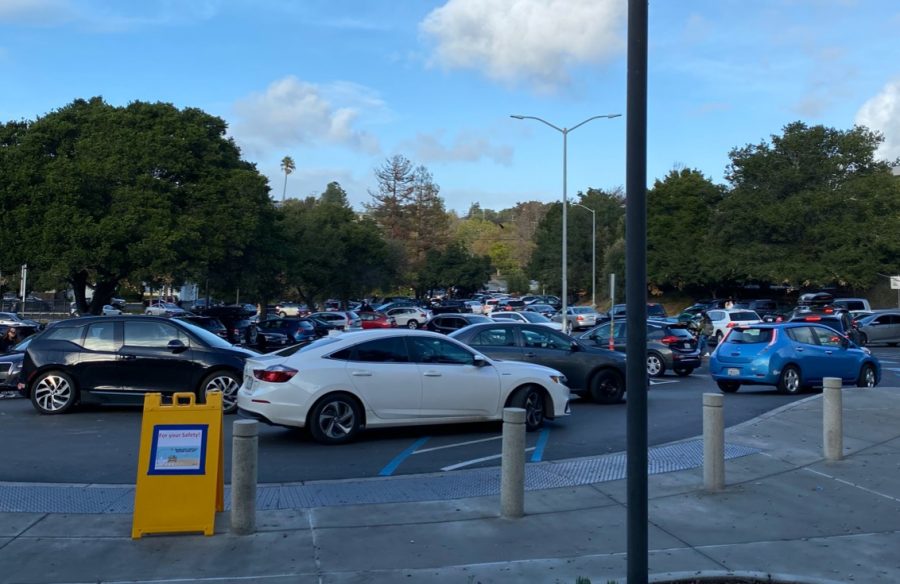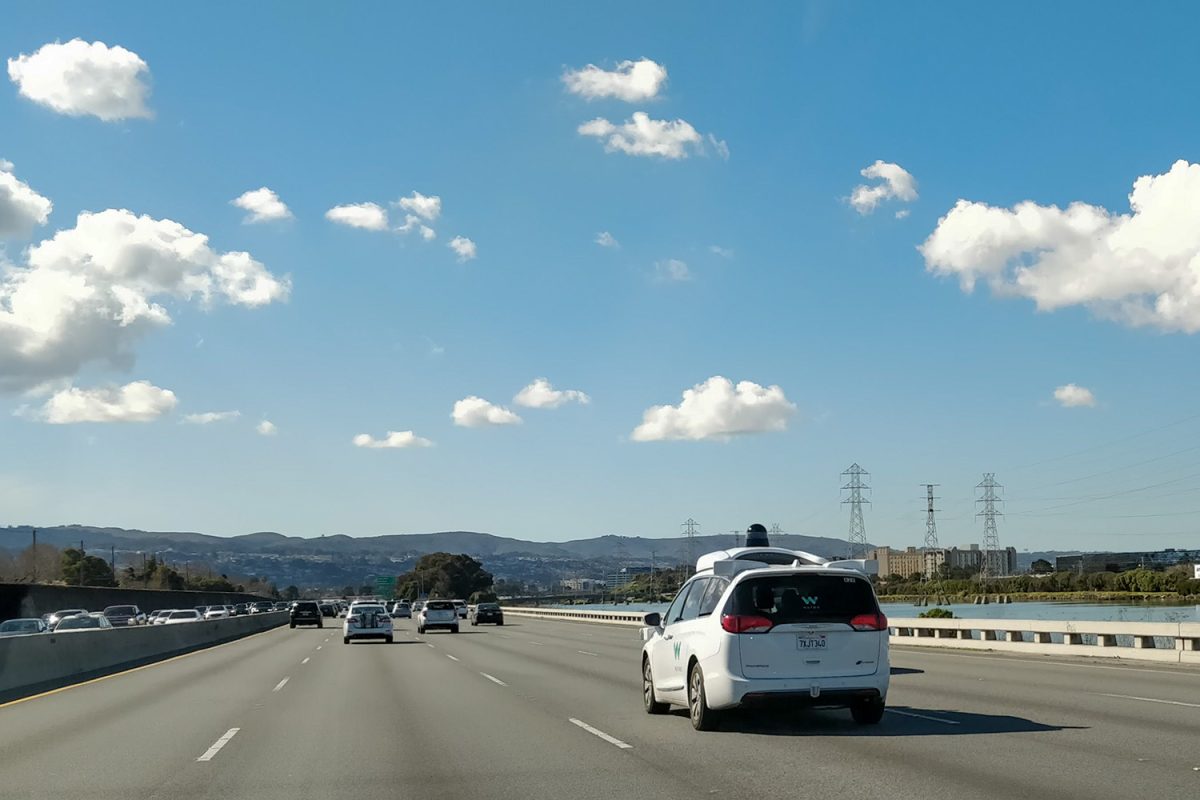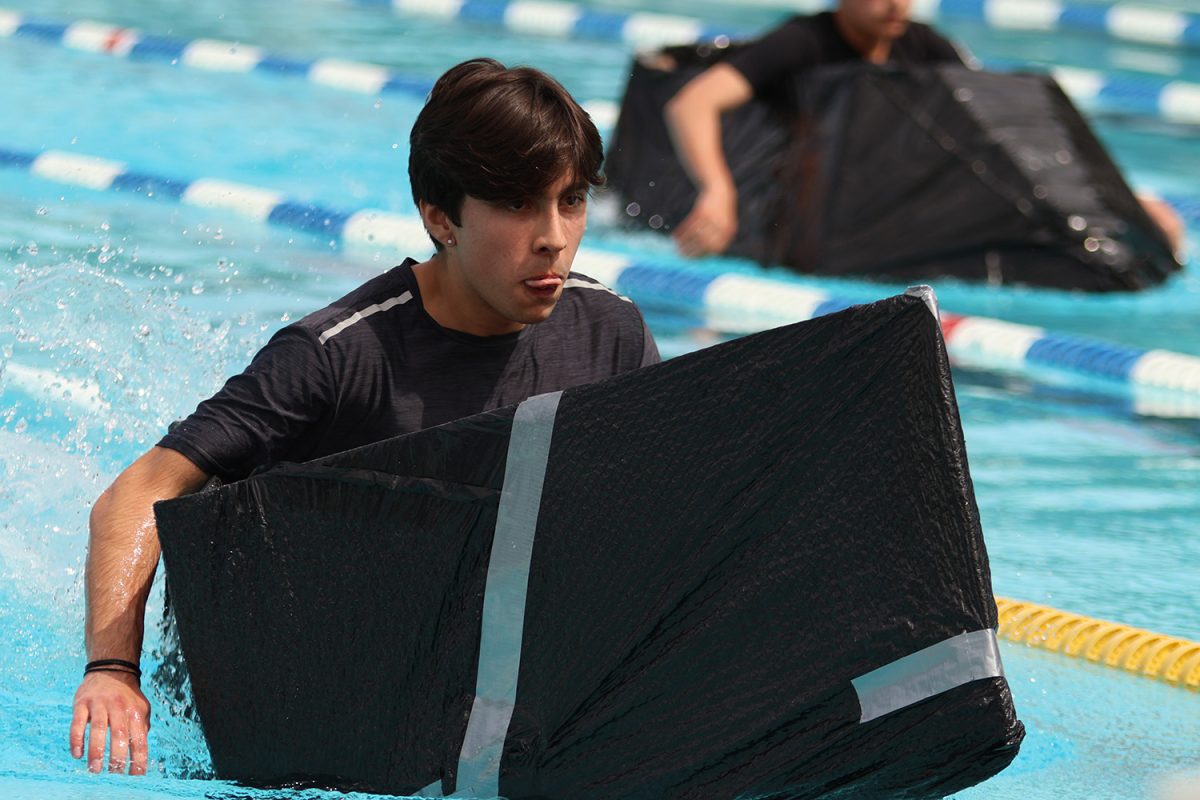As the winter season approaches, morning fog and rain take over the sunny, clear skies of the summer, subjecting student drivers to risky conditions. Since most teens practice driving in better weather, they lack the experience of controlling a vehicle in a new environment.
According to the Centers for Disease Control and Prevention (CDC), motor vehicle crashes are the second leading cause of death for U.S. teens. In 2019, almost 2,400 teens were killed, and about 258,000 were treated in emergency departments for injuries from car crashes.
Such a high accident rate may be due to inexperience, nighttime driving, speeding, distractions, and substance use. These factors are common in many young drivers who have just started.
When her now 20-year-old and 22-year-old started driving, Rebecca Pearlman, a math teacher, had mixed feelings. Knowing the potential risks of inexperienced driving, she balanced that worry with reminders about safety.
“Highway driving especially worried me, as any accident at higher speeds is likely to have a bigger impact,” Pearlman said. “On the positive side, my husband and I no longer had to drive them everywhere. We worked very hard to remind our children about real-life stories about the consequences of making bad choices, in and out the car.”
Keeping teens knowledgeable about the consequences and responsibilities appears to be a common way to minimize driving dangers. Many students tend to ignore or forget the rules, leading to a high accident rate.
“I think a lot of kids aren’t familiar with the anatomy of the car, like where the windshields are or certain features that the car has, because they don’t want to read the technical manuals,” said Amelia Clevenger, a junior. “Traveling with friends is really risky too because it’s easy to get distracted with everyone else in the car.”
Clevenger began learning to drive around a year ago and received her license at the end of April of this year. As someone who likes to play it safe, Clevenger is usually a slow driver. In the rain and fog, she drives even slower and becomes more cautious of the environment.
“It adds a lot of stress because you’re thinking about all the things that you have to do with having your lights on and driving slower than normal,” Clevenger said. “You really have to adjust yourself and how you go about turning and looking for people.”
In contrast, senior Aiden Chan had a different experience learning how to drive. He started driving the summer after sophomore year and only felt nervous at the beginning.
“The first week of driving was really stressful because I wasn’t really sure if I was driving in the right lane, if I was going to hit anybody, or if I was going to crash into something,” Chan said. “After the first week, I realized that I was overthinking; driving is a lot easier than I was making it out to be, and that helped me to relax and calm down a little bit more.”
Calista Huang is a sophomore who just began driving for about a month. Wanting the freedom that comes with the option of driving, she received her driver’s permit as soon as possible. Huang felt that the process to obtain a permit covers much of the education needed to drive safely.
“It’s really not any different than someone who’s learning to drive at an older age,” Huang said. “I think there are a lot more restrictions on teen drivers. They have to practice 50 hours and go through driver’s education, so they do get educated to be able to drive safely.”
In California, once a teenager turns 15 and six months, they can receive their permit. After turning 16, they receive their license. During this process, teens must practice through various formats, including drivers training with a licensed instructor and a driver’s education course.
“16 years old seems like a good age for licenses to be available as long as the current restrictions — no passengers other than family and driving curfew — remain in place, along with all of the prerequisite training and practice hours,” Pearlman said.
Despite the preparation students receive, dangers remain for the new drivers, as reflected in the risk of crashes being the highest among teens than among any other age group. After over a year of driving, Chan noticed how young drivers differ from more experienced drivers.
Many teenagers feel invincible and overconfident about their driving abilities. Teenagers tend to discount how much a factor like another person’s driving choices can affect the likelihood of getting into an accident.
— Rebecca Pearlman
“Student drivers most likely want to get from point A to point B as fast as possible, but an adult driver is less concerned with speed and more concerned about driving more safely,” Chan said. “Also, students might prioritize looking at their phone occasionally or hanging out with friends and taking them places. They’ll bend the rules sometimes, but generally, at least at this school, not in such a terribly unsafe way that it puts others in danger. Adults just won’t take that risk at all.”
Pearlman expressed a similar sentiment.
“I have found and remember that many teenagers feel invincible and overconfident about their driving abilities,” Pearlman said. “Teenagers tend to discount how much a factor like another person’s driving choices can affect the likelihood of getting into an accident. Too many younger people drive too fast over the speed limits and believe they can be good drivers even when checking their phones.”
Clevenger has a different take on confidence. Believing that confidence is built up over time, she feels that some student drivers would second-guess their abilities.
“You know how to make the calls, and you’re comfortable with all the rules, and that just comes with experience,” Clevenger said. “As a teen, when you’re driving, you second-guess yourself; for an experienced driver, they wouldn’t think twice about it. Once you get to that place of comfort and confidence, then I think driving is a lot easier.”
It’s just one wrong move, and you could hurt someone or yourself or other passengers. There’s just a lot of little things to think about, and that responsibility makes you notice you’re grown up.
— Amelia Clevenger
The self-doubt student drivers might experience comes from the amount of control they have over their safety.
“You realize how much power you have over yourself and the car. It’s just one wrong move, and you could hurt someone or yourself or other passengers. Then there’s also the money [concern] if you wreck your car, or if it’s your parents’ car, you’re extra cautious,” Clevenger said. “There’s just a lot of little things to think about, and that responsibility makes you notice you’re grown up.”
Nonetheless, improved driving skills can come with practice. After all, adult drivers were once inexperienced as well.
“I think student drivers maybe tend to be more nervous because they are younger. They might be driving someone else’s car, and they don’t want to get into an accident,” Huang said. “After they get the same amount of practice as an adult driver, I think they can drive just as well.”























